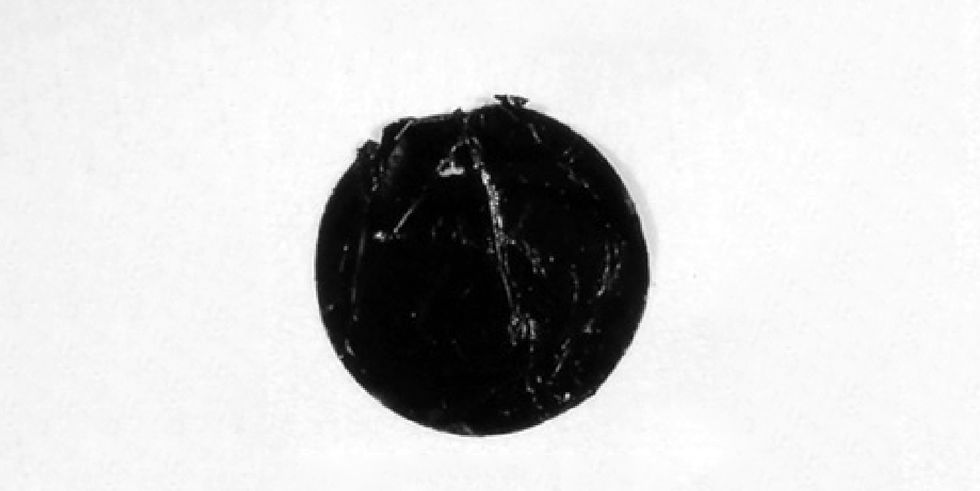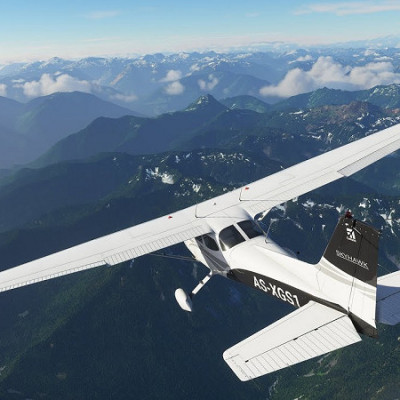Scientists from the University of Pennsylvania have made “microfliers” that could fly into near space on just the power of light.
These tiny fliers may be the key to unlocking the mesosphere, the area 30 to 50 miles above Earth where the air is too thin to physically support hot air balloons or airplanes. The solar-powered fliers could fill a critical gap—not just in Earth’s understudied mesosphere, but elsewhere in space, too.

The microflier is ingeniously simple. Mylar, the extremely lightweight, metallic material used in birthday balloons, is cut into shapes less than 1 centimeter wide and coated on one side with carbon nanotubes. Then, in a mechanism like an airplane wing, but with light instead of wind, the underside is activated by focused energy.
The researchers explain:
“When illuminated with light intensity comparable to natural sunlight, the polymer disk heats up and interacts with incident gas molecules differently on the top and bottom sides, producing a net recoil force.”
The 6-millimeter flyer could carry up to 10 milligrams, which could bode well for larger mylar sheets and much larger payloads, like lightweight cameras or scientific instruments. The scientists tested the microfliers in a vacuum chamber ideally suited because of its lack of air, using different shapes of light to maneuver the microfliers. The more heated underside of the mylar sheet carried the microflier without exception.
Traditional balloons and airplanes can’t fly in the mesosphere because they require a certain amount of air molecules to physically stay afloat. Wind, like the rushing air that’s manipulated into flight by airplane wings or helicopter rotors, is made of moving air molecules. Without the molecules, there’s nothing to move around or push wings into, well, the air. Hot air balloons are similarly limited by the fact that they require air in order to be heated and used to fill and lift each balloon.
Because of its in-between status, we don’t really understand the mesosphere. Even so, it’s where most meteors break up, leaving high levels of iron and other metal atoms floating around.
There are odd, mysterious clouds that form and don’t make sense based on the position and humidity of the mesosphere, and scientists just don’t know what causes them or allows them to form. Like the deep ocean, the inaccessibility of the mesosphere has caused it to remain mysterious, despite being so close to where humans live.
The most perplexing part of the mesosphere might be the exotic kinds of almost-lighting up there called elves, sprites, blue jets, and crawlers. We’ve only known about these strange lightshows for a few decades after pilots spotted them in the highest-flying aircrafts.
Scientists simply don’t understand what forms these lightning bursts. But now, with a fresh batch of microfliers, maybe they can find out.
Read the original article on Popular Mechanics.
